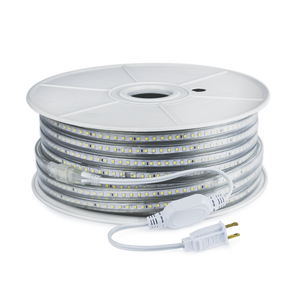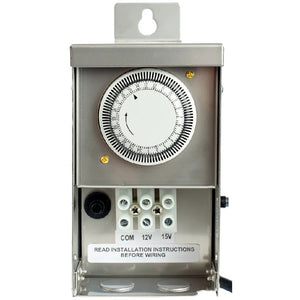
In recent years, LED lighting has become a popular choice for both residential and commercial spaces. Understanding how LED lighting works and its energy-saving benefits can help you make informed decisions about your lighting solutions. At Electrical Marketplace, we are committed to providing you with the knowledge and products you need to transition to energy-efficient lighting.
Understanding How LED Lighting Works
1. The Basics of LED Technology
LED stands for Light Emitting Diode. This technology works by passing an electric current through a semiconductor material, which causes it to emit light. Unlike traditional incandescent bulbs that produce light through heating a filament, LEDs generate light more efficiently. When electricity flows through the diode, electrons recombine with holes in the semiconductor, releasing energy in the form of photons, which we see as visible light.
2. Components of LED Lights
LED lights consist of several key components:
-
Semiconductor Material: This is the core of the LED, made from materials such as gallium, arsenide, or gallium phosphide. The specific composition determines the color of the light emitted.
-
Heat Sink: LEDs produce very little heat compared to incandescent bulbs. However, they still require a heat sink to dissipate any excess heat generated, ensuring longevity and consistent performance.
-
Driver: The LED driver regulates the power supplied to the LED, ensuring it operates within the correct voltage and current range. This is crucial for maintaining brightness and efficiency.
Energy-Saving Benefits of LED Lighting
1. Higher Energy Efficiency
One of the most significant advantages of LED lighting is its energy efficiency. LEDs use approximately 75% less energy than traditional incandescent bulbs. This is primarily due to their ability to convert most of the energy they consume into light rather than heat. For example, an LED bulb that uses 10 watts of power can produce the same amount of light as a 60-watt incandescent bulb.
2. Longevity and Reduced Replacement Costs
LED lights have an impressive lifespan, typically lasting 15,000 to 50,000 hours or more, compared to the 1,000-hour lifespan of incandescent bulbs. This longevity means fewer replacements, which reduces waste and maintenance costs over time. By switching to LED lighting, you can save both money and resources in the long run.
Additional Benefits of LED Lighting
1. Environmentally Friendly
LED lighting is an environmentally responsible choice. The reduced energy consumption results in lower greenhouse gas emissions, contributing to a smaller carbon footprint. Furthermore, LED bulbs do not contain harmful substances like mercury, which is found in some other types of bulbs, making them safer for the environment.
2. Versatility and Quality of Light
LEDs are available in a wide range of colors and brightness levels, providing flexibility for various applications. They can be used for ambient lighting, task lighting, and even decorative purposes. Additionally, LED lights can be dimmed, allowing for better control over light levels and energy consumption.
Making the Switch to LED Lighting
If you’re considering transitioning to LED lighting, Electrical Marketplace offers a wide selection of high-quality LED products. Our knowledgeable team can help you choose the right options for your home or business, ensuring that you maximize energy savings while enjoying the benefits of superior lighting quality.
Call us today at (800) 303-5332 to learn more about how LED lighting works and how it can help you save energy. Make the switch to LED lighting and start enjoying a brighter, more efficient future!
































































